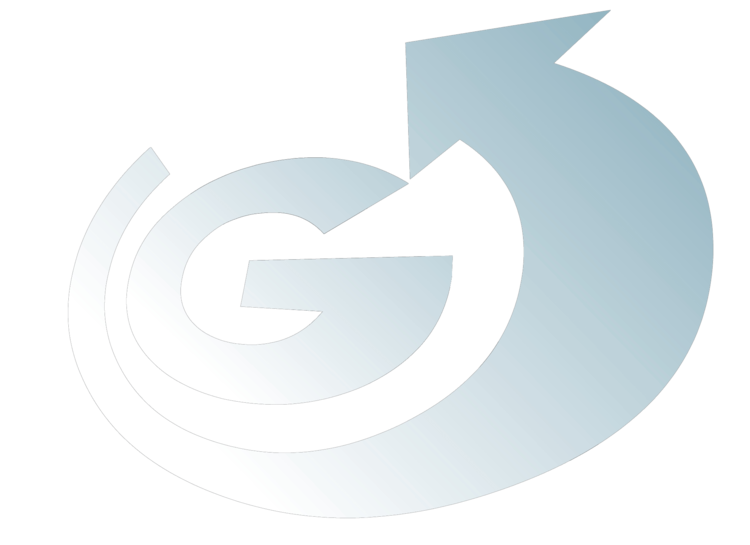Let me preface this with saying I am a largely self taught actor. I became passionate about performing as a teen at school. My performances are based on decades in recorded media and voice acting. I received some one-on-one, for camera acting coaching in the eighties and the twenty twenties. There has been lots and lots of critical viewing and listening, a skill developed in my audio/video recording, sound design career. That said this blog is NOT meant as advice. It's just me riffing about what I do to get into character; because writing about my process is an interesting exercise and it cements thoughts about my craft. If I think about a topic intently enough to write about it, I find the process helpful. Do you know what I mean? Let me know in the ‘comments.’
Self Image Pixel 7 pro
Become the Character
At a fundamental level, using performing skills and techniques I have picked up in my life’s work in recorded media; I feel - then I say the dialogue.
Let me explain. When reading a scene I register ‘what does my character feel and want when saying these words.’ When I watch movies, I often empathise with characters. If they're experiencing sadness, I feel it, it is visceral. So as an actor, I take on aspects of what my character is feeling. I take an analytical look at the character. Who are they, what do they want and what makes them feel the way they do in the scene. Why do they want this thing or action. Some of these can be part of the breakdown. I will watch for things on which the writer may want to have emphasis in the character. For an example of this: yesterday, when recording a self tape, I remembered that in my character’s head, I thought about what I was about to say in-character; in-my-head. I was acting subconsciously. It was weird. My character was struggling with making a decision about whether to expose something in a scene's dialogue. I stopped, and I actually think: “Oo, do I want to do this?” as if wondering to myself. Then my character chose to expose the thing and the dialogue continued. I was feeling the character that I was playing. That's it. The rest of what I see in my self tapes is a result. To block my scene for the camera. I establish an eye line for my character. Where are the other character's lines of dialogue coming from? …it can get creative. Even with a locked-off tripod there's room to move about a bit in the frame, even in a tiny home audition studio like mine. This allows my actions to further reveal for the camera what the character feels.
I self tape auditions on a Sony α6600 Mirrorless camera using a Sigma Contemporary, 30mm lens. On that is a Tiffen ND .09 filter. Which allows me to record 4k at 30fps, with the aperture at 2.8 this alows for a fairly narrow focus range which makes me seem the focus of the scene as it should. I have a monitor pointed at my scene just above the lens. It makes it easy to block the shot as a solo actor and camera operator. An Aputure brand 120d II is my key light. It has a 36” soft box and with several various over the shoulder light options I can use gels to provide subtle image enhancements if relevant to the scene. For example, the subtle use of blue light to denote nighttime, or an amber glow to denote warmth. Overhead I use a nice Sennheiser hyper-cardiod microphone mounted to a boom, off of a C-Stand and a Zoom H5 audio recorder. I edit on a PC, running Magix Vegas Pro, version 22 (I've been running this app since version 5). …I enjoy the process.
Side note: I got cold feet and delayed this episode - imposter syndrome is real. I remain humble and I am always learning. If you liked today's post, I really would appreciate you clicking that ‘like’ button below. It will encourage me to write about next month's topic. There's also a way to subscribe to my Changes Blogs, or to share it. You can cut and paste the feed into your aggregator. I'd appreciate anything you feel is appropriate.

